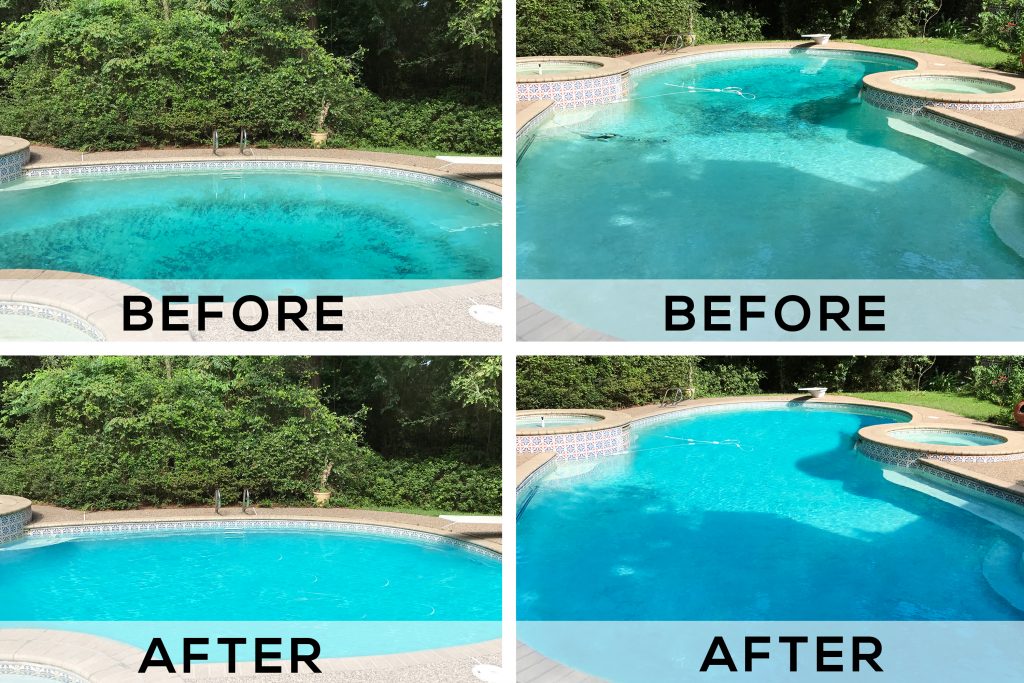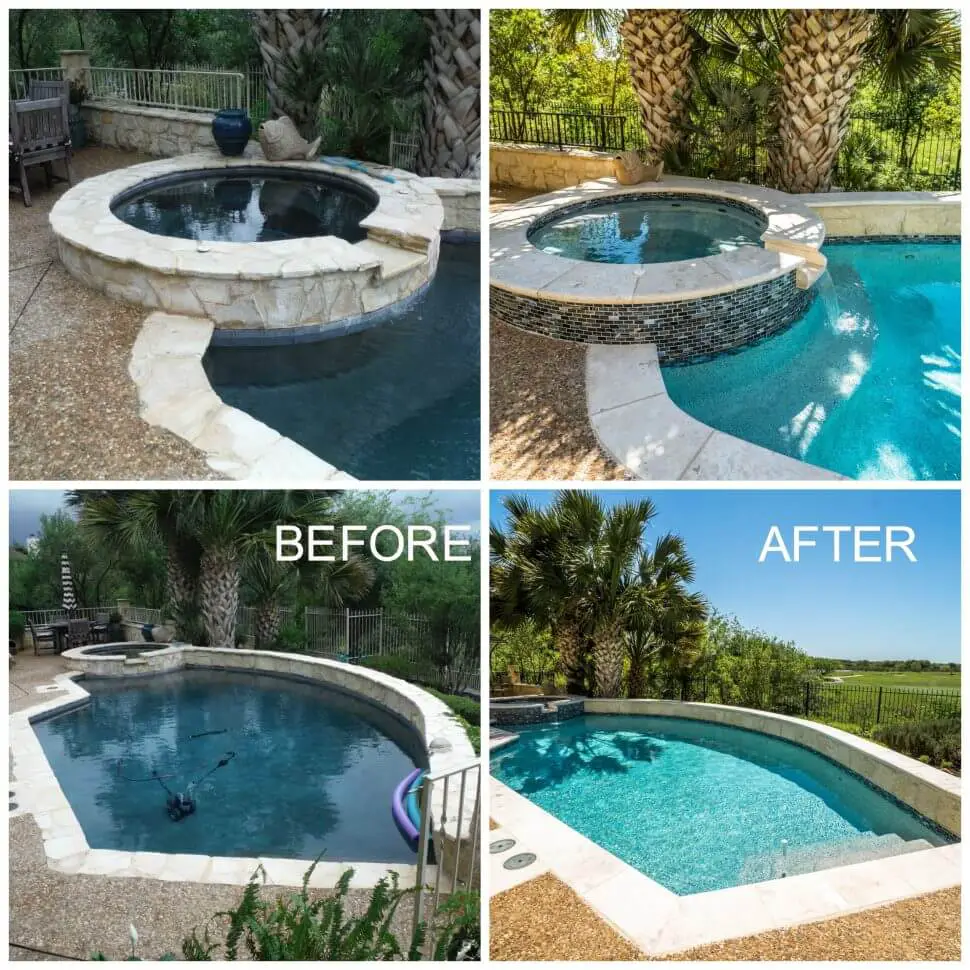Replastering a pool is an essential part of pool maintenance to ensure its longevity and aesthetic appeal. The frequency at which you should replaster your pool depends on various factors, including the type of plaster used, the quality of water chemistry maintenance, and the overall wear and tear the pool undergoes. In this guide, we will delve into the factors that influence the replastering frequency and provide tips on how to determine when it’s time to replaster your pool.
Factors Affecting Replastering Frequency
Several factors play a role in determining how often you should replaster your pool:
- Type of Plaster: The type of plaster used in your pool can impact its longevity. White plaster is the most common type and typically lasts around 5 to 10 years. Other options like pebble or quartz aggregate finishes can last longer.
- Water Chemistry: Proper maintenance of water chemistry is crucial in extending the life of your pool plaster. Imbalanced water can cause etching, staining, and premature deterioration of the plaster.
- Usage and Wear: Pools that experience heavy use, such as those in commercial settings or with high bather loads, may require more frequent replastering compared to residential pools with lighter use.
- Climate: Extreme weather conditions, such as prolonged exposure to high temperatures or freezing temperatures, can impact the longevity of pool plaster.

Credit: sequoiapoolbuilders.com
Signs It’s Time to Replaster
While the lifespan of pool plaster can vary, there are some common signs that indicate it’s time to replaster your pool:
- Visible Stains: Stains that are difficult to remove even after cleaning may indicate that the plaster surface is deteriorating.
- Surface Roughness: If the pool surface feels rough to the touch, it could be a sign of plaster deterioration.
- Cracks and Flaking: Cracks or flaking on the pool surface are clear indicators that the plaster needs attention.
- Loss of Color: Fading or discoloration of the plaster can detract from the pool’s appearance and may signal the need for replastering.
- Water Loss: Excessive water loss due to leaks caused by plaster deterioration can indicate a need for replastering.
Recommended Replastering Schedule
While there is no one-size-fits-all answer to how often you should replaster your pool, a general guideline is to consider replastering every 5 to 10 years. Regular inspections of your pool’s plaster condition can help you determine when it’s time for maintenance or replastering.
Additionally, consulting with a professional pool maintenance service can provide valuable insight into the current state of your pool plaster and whether replastering is necessary. They can also offer recommendations on the type of plaster that best suits your pool and maintenance practices to prolong its lifespan.

Credit: www.venturecustompools.com
Maintaining Your Pool Plaster
Proper maintenance of your pool plaster can help extend its lifespan and reduce the frequency of replastering. Here are some tips to maintain your pool plaster:
- Regular Cleaning: Routine cleaning of the pool surface can prevent stains and buildup that can damage the plaster.
- Monitor Water Chemistry: Regularly test and balance the pool water to prevent chemical imbalances that can affect the plaster.
- Control Calcium Hardness: Maintain the proper calcium hardness levels to prevent scaling and deterioration of the plaster.
- Address Issues Promptly: Address any cracks, leaks, or other issues as soon as they are noticed to prevent further damage to the plaster.
- Professional Inspections: Schedule regular inspections with a pool professional to assess the condition of your pool plaster and address any concerns.
Frequently Asked Questions
How Often Should I Replaster My Pool?
Replastering your pool is typically recommended every 5 to 10 years, depending on usage and maintenance.
What Are The Signs That My Pool Needs Replastering?
Cracks, rough texture, staining, and an aged appearance are signs that your pool may need replastering.
Is It Necessary To Drain The Pool Before Replastering?
Yes, the pool needs to be drained before the replastering process can begin to ensure proper application and adhesion.
How Long Does The Pool Replastering Process Take?
The duration of the replastering process varies, but it generally takes around 1 to 2 weeks to complete.
Conclusion
Replastering your pool is a necessary part of pool maintenance to ensure its longevity and visual appeal. By considering factors such as the type of plaster, water chemistry maintenance, and pool usage, you can determine the appropriate frequency for replastering. Regular inspections and proper maintenance practices can help prolong the life of your pool plaster and reduce the need for frequent replastering.
Remember, a well-maintained pool not only enhances the beauty of your outdoor space but also provides a safe and enjoyable swimming experience for you and your family. By staying proactive with pool maintenance and replastering, you can enjoy your pool for years to come.





